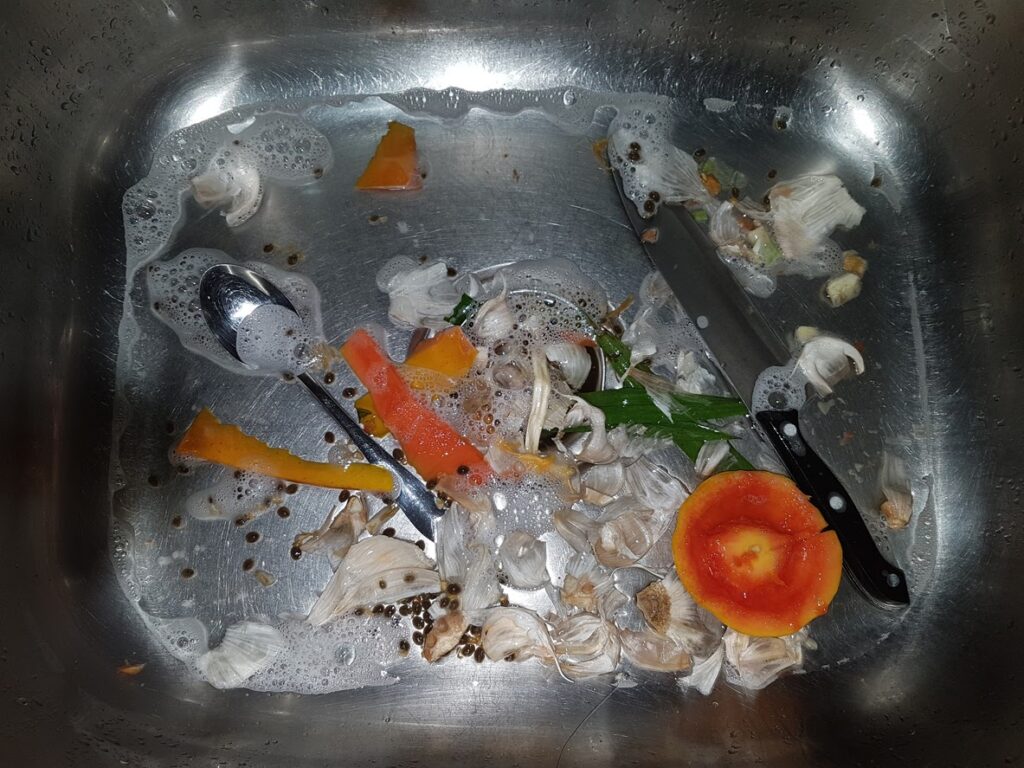Plumbing issues can be a big problem, especially when they affect something you use every day like your toilet. If you are having toilet flush problems, it is important to determine the source of the problem. This article will help you to identify the problem, figure out how to solve it and get that toilet flushing once again.

A lot of issues are minor and can easily be rectified. However, some pretty severe plumbing concerns may require a visit from the professionals. We’ll run through the most common issues and provide some tips on what to do.
Clogged Toilet
The number one cause of toilet problems is a clog. This usually stems from attempting to flush too much toilet paper at once or trying to flush objects that weren’t meant to be flushed in the first place.
Either way, this problem is solved by using your toilet plunger to dislodge the blockage. This should solve the problem and allow you to fish out the culprits to avoid another clog.
However, if this does not work, then your clog is more serious. Most clogs happen in the toilet itself, which is why your plunger works. But, if the clog is deeper into the pipes, you may be unable to remove it. The best advice is to call the professionals at Althoff to help you out. They can find the source of the blockage and remove it for you.
Flapper Issues
The flapper is the rubber seal found inside the upper tank that helps to release water when you flush the toilet. It also prevents the tank from overflowing when it fills back up. There are two possible problems that could arise with the flapper inside your toilet tank.
The first is when the flapper becomes misshapen and no longer works properly. This is easily remedied by purchasing a new one for your toilet. Just make sure to drain the water tank before replacing the flapper.
The other issue relates to the chain that attaches to the flapper. This also connects to the flushing handle, and it needs to be tight enough to trigger the flushing mechanism. Over time, the chain can get too loose, making it unable to lift the flapper and initiate a flush.
If you keep pushing the handle and nothing happens, this is most likely your problem. To correct this, simply tighten the chain, which will enable it to pull the flapper up.
A Lack of Water
It is possible that you may have accidentally turned off the water valve in your toilet. This decreases the water levels in the tank, which means your toilet won’t be able to flush. If the valve is off, you need to switch it back on to get your toilet working properly. If it turns out that the valve is not turned off, there could be a more serious problem, so call a plumber to diagnose the issue.
Clogged Inlet Holes
If you look under the lip of your toilet bowl, you will notice several small holes. These are called the inlet holes, and they’re responsible for flushing the water from the tank into the toilet bowl.
It’s extremely common for these holes to become blocked or clogged due to a build-up of bacteria and/or mineral deposits. If you think your inlet holes may be clogged, simply try flushing your toilet and watch carefully to see if some of the holes do not have water coming from them.
A clogged inlet hole stops water being sent from the tank from reaching the toilet bowl. This reduces your toilet’s flushing power. Thankfully, this problem can be solved easily enough by cleaning the inlet holes. You can do it yourself by using a mirror to get a good angle and then using a thin tool to unclog the holes, or you can call the professionals to take care of it for you.
Terrible Toilet Design
Has your toilet always had flushing problems? Perhaps it’s always been slow, but it’s gotten even slower lately? If this is the case, you could have issues with its design. If a toilet drain pipe isn’t designed correctly, it won’t flush properly.
You’ll know if this is your issue because you’ve tried to fix all the other potential problems and you’re still having issues. The only way to solve this is by calling a plumbing professional to redesign your toilet drain pipe to make it flush more efficiently.
These are the most frequent causes of flushing problems in toilets. Check your toilet to see which one is your culprit, then work on getting it fixed. If you’re ever in doubt, call a professional plumbing company to take care of everything for you.
If you are having plumbing issues, give the experts at Althoff a call at (815) 455-7000 and let us come help solve the issue quickly!








